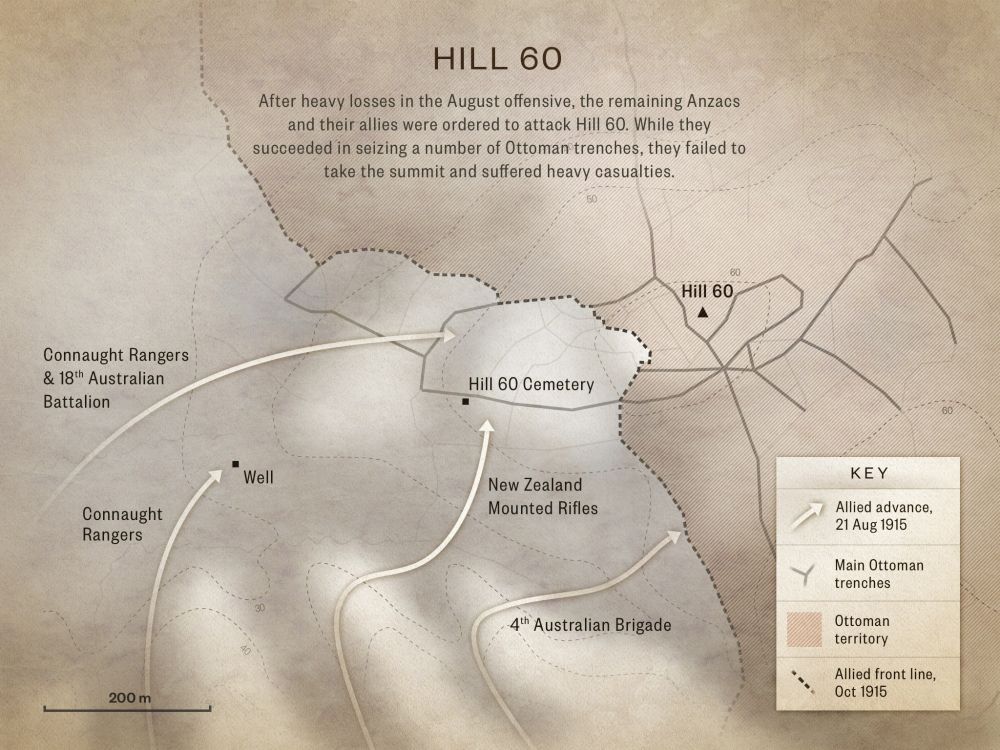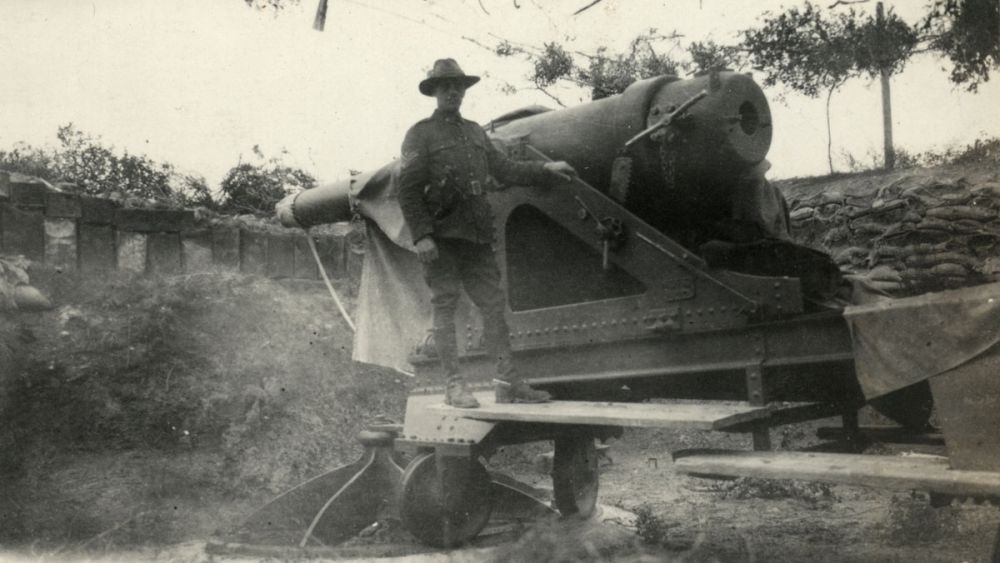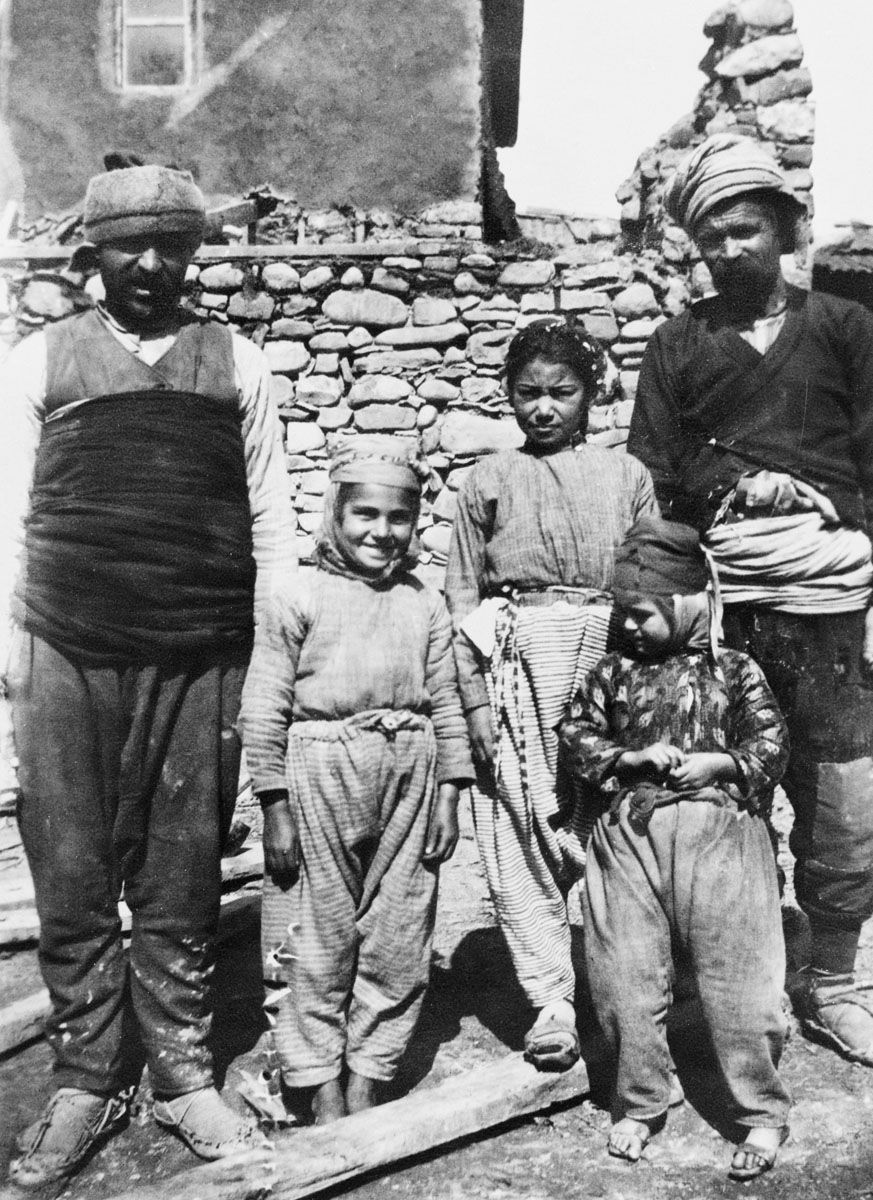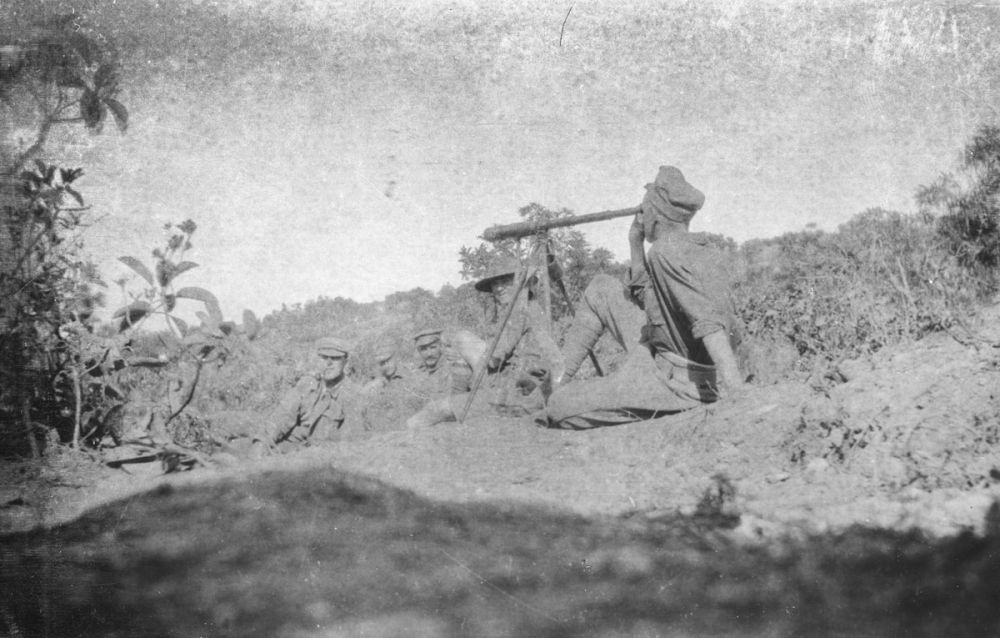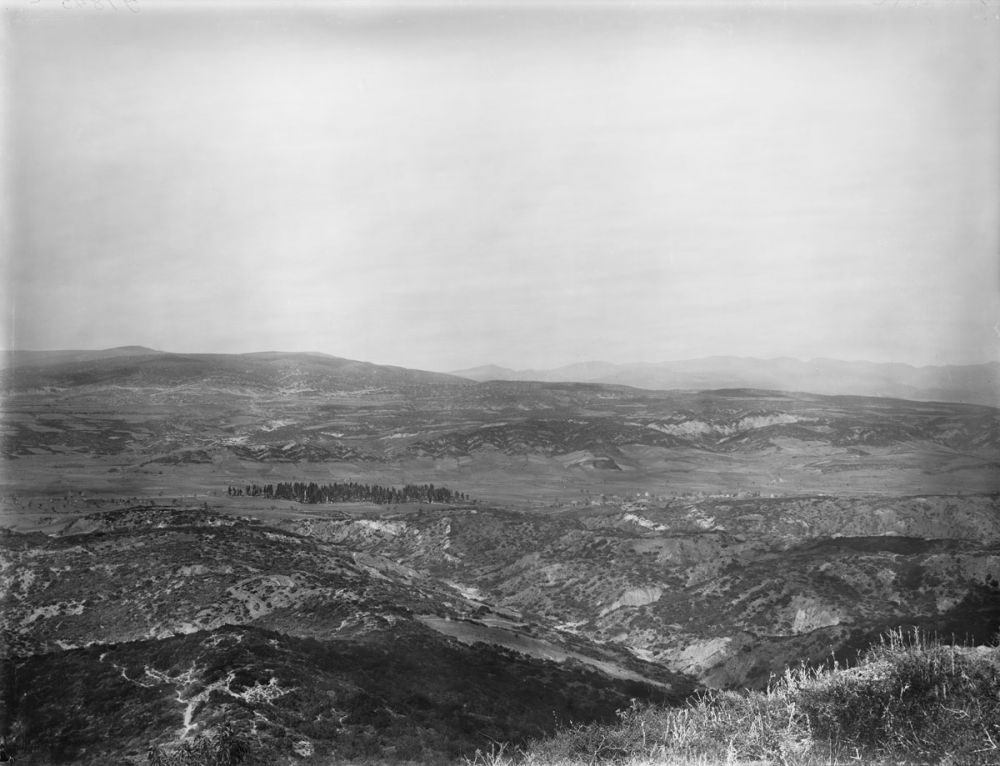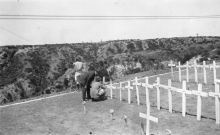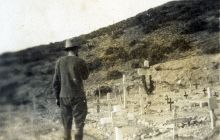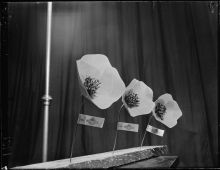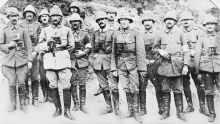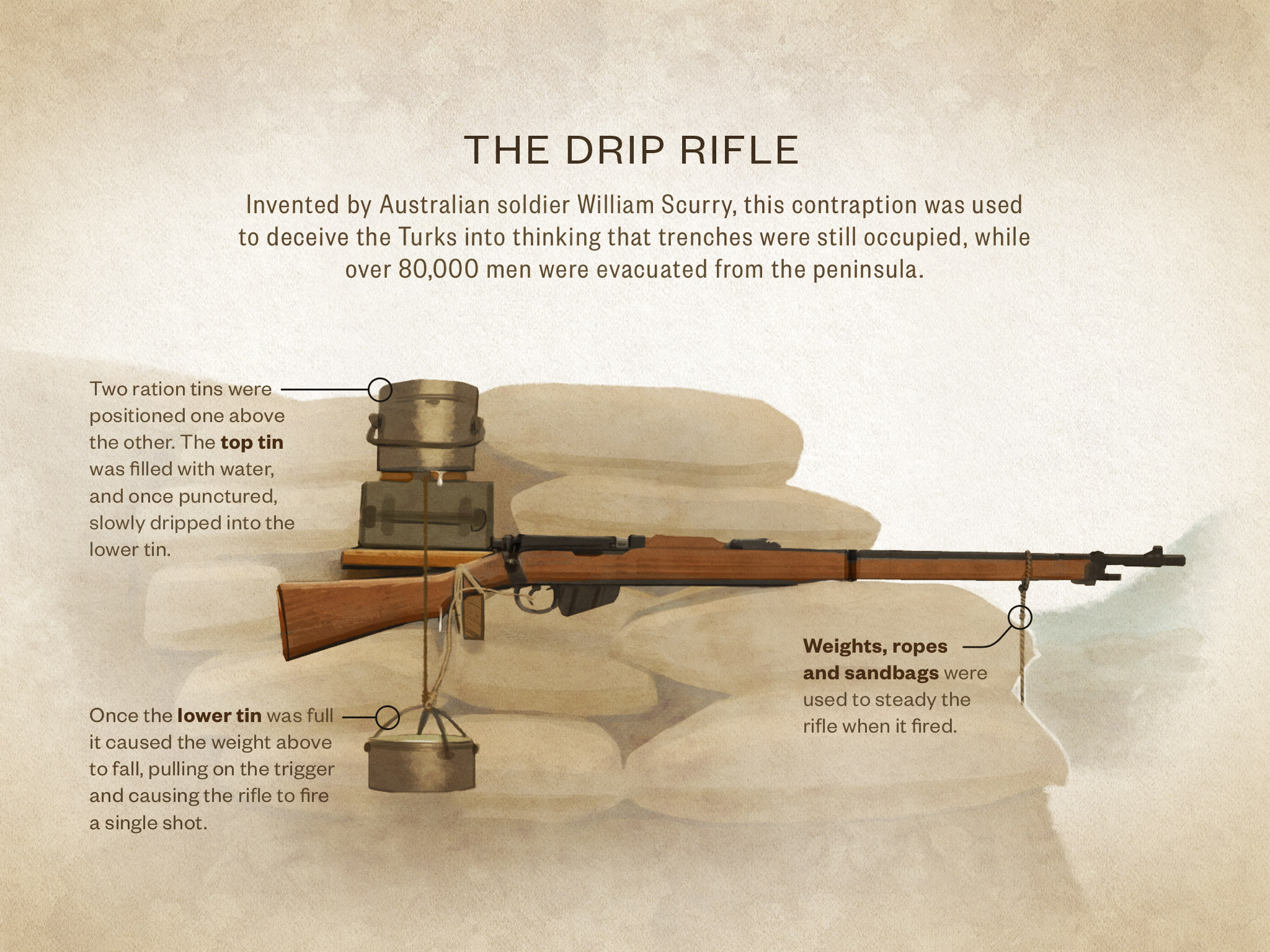Anafarta
You are standing in the village graveyard at Anafarta. Two Turkish regimental commanders, Halit Bey and Ziya Bey, who were both killed during the battle for Hill 60 in late August 1915, are buried here. Halit Bey was killed at Hill 60 and Ziya Bey in Ashmedere, which is a gully just behind Hill 60. It was such a fierce fight that both regimental commanders got killed.
Another solider buried here was nicknamed Sutlac Hussein by locals. Sutlac is a pudding, so he was ‘Hussein, lover of puddings’.
While Sutlac Hussein was taking part in the battles at Hill 60 he witnessed one of the regimental commanders being shot while trying to round up men to attack. Sutlac said that his comrades were unable to help pull the commander back into the trench. Whenever he moved the Anzacs fired on him. Finally, moaning in no-man’s-land, he died. That night his body was recovered by his comrades and eventually he was buried here.
The older graveyard further along the road from here is a very old burial ground. It probably dates from well before the Turks came from Central Asia into this area during the 14th century. Before then, Romans, Byzantines, Hellenistic Greeks, people from the Balkans, and Hittites from Central Asia would have lived here. This place is like a crossroads between the Balkans, the Middle East and Asia.
It looks like locals of this village of Anafarta were buried here many centuries ago. The big upright stones are called Balbal and have been here for many years. The use of these stones was part of a Balkan burial tradition, and they were used by Turks living in central Asia to mark graves.
Unlike other Balbal, these ones don’t have any Arabic inscriptions, but they may have just worn off. No proper excavation has been carried out by archaeologists here because cemeteries are impossible to excavate as they are sacred ground.
Even the origins of the name of this village – Anafarta – are unknown, and no one knows the name’s meaning and we don’t know when the village actually started. It’s a local name, but over time it has changed and the original meaning has been lost, but what we do know, is that this cemetery and the village in which it is located are both many centuries old.


